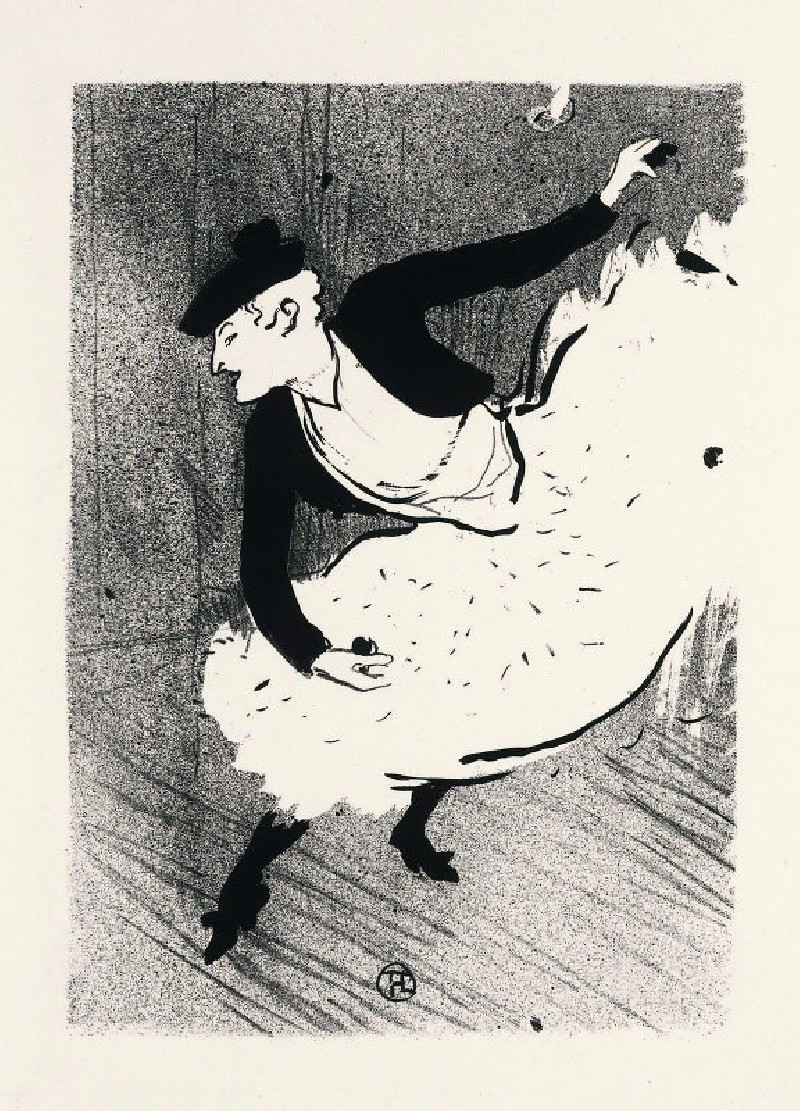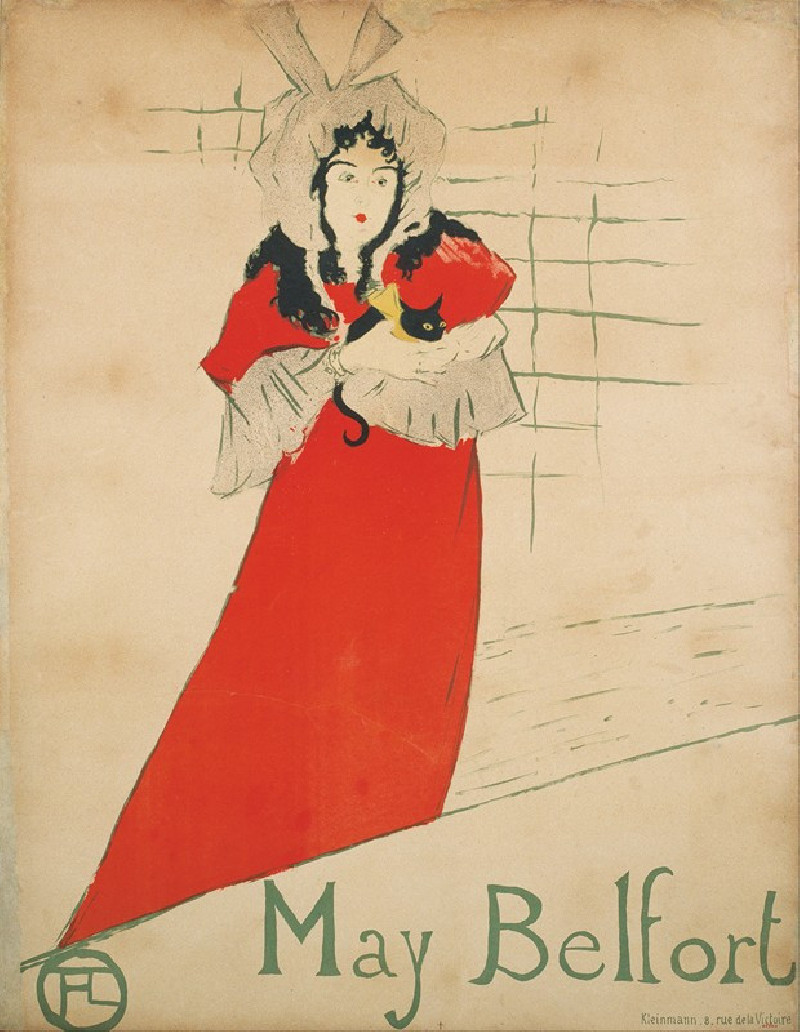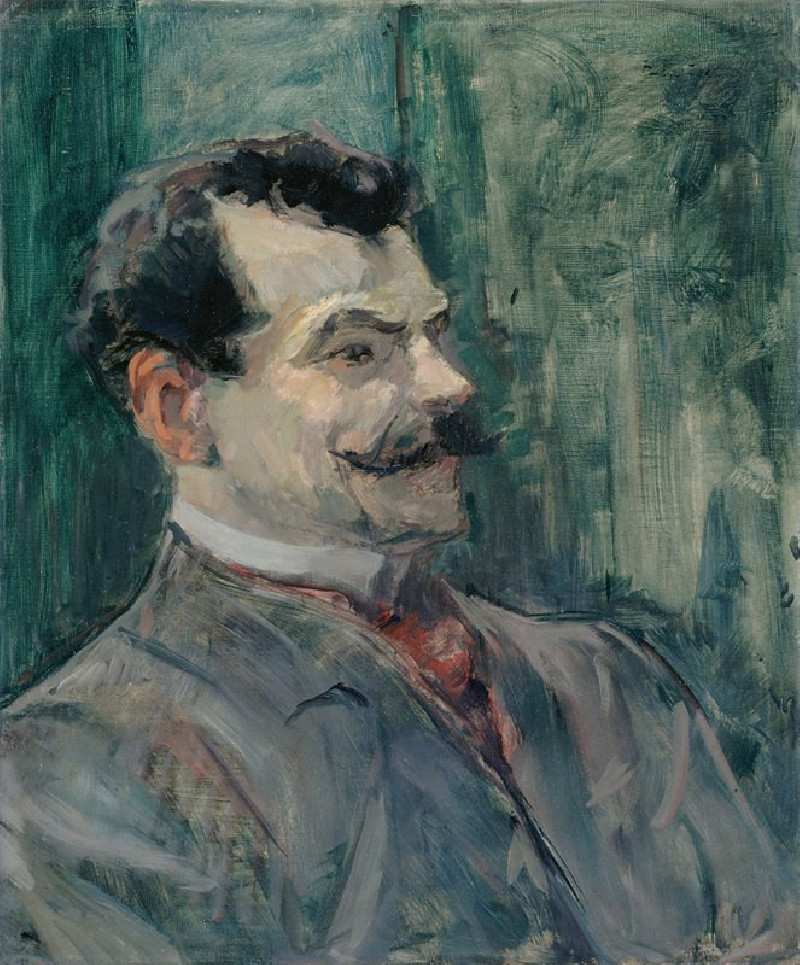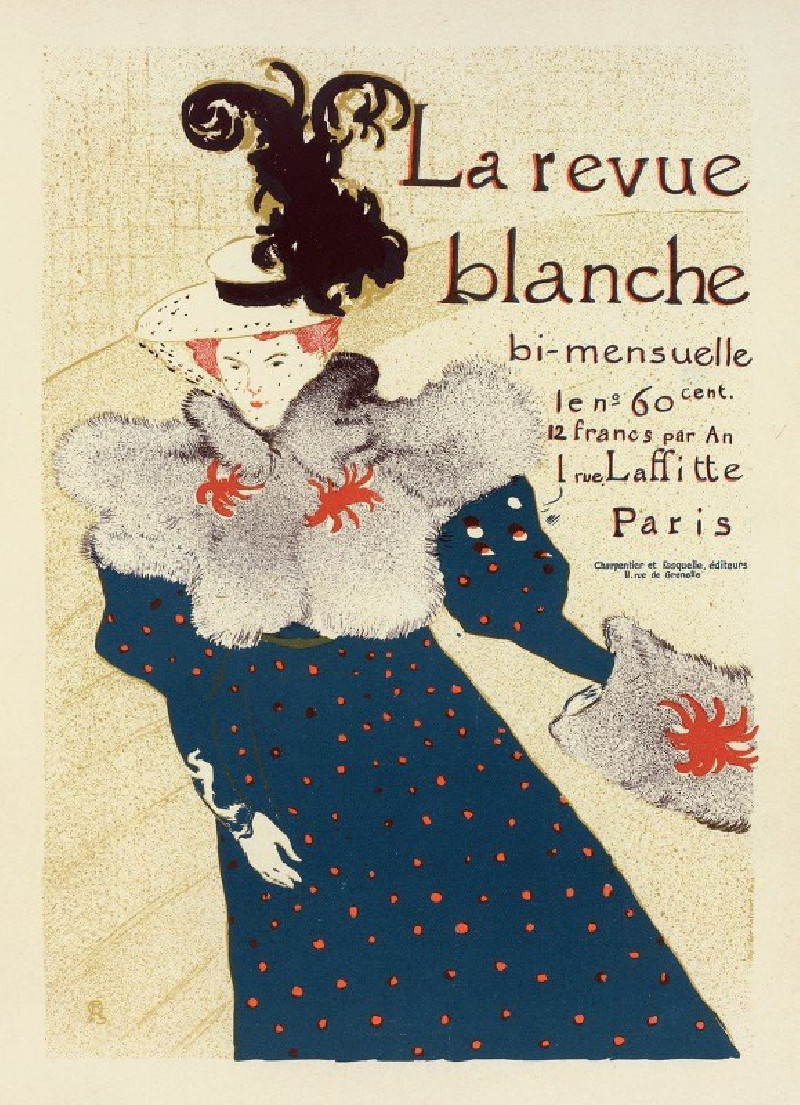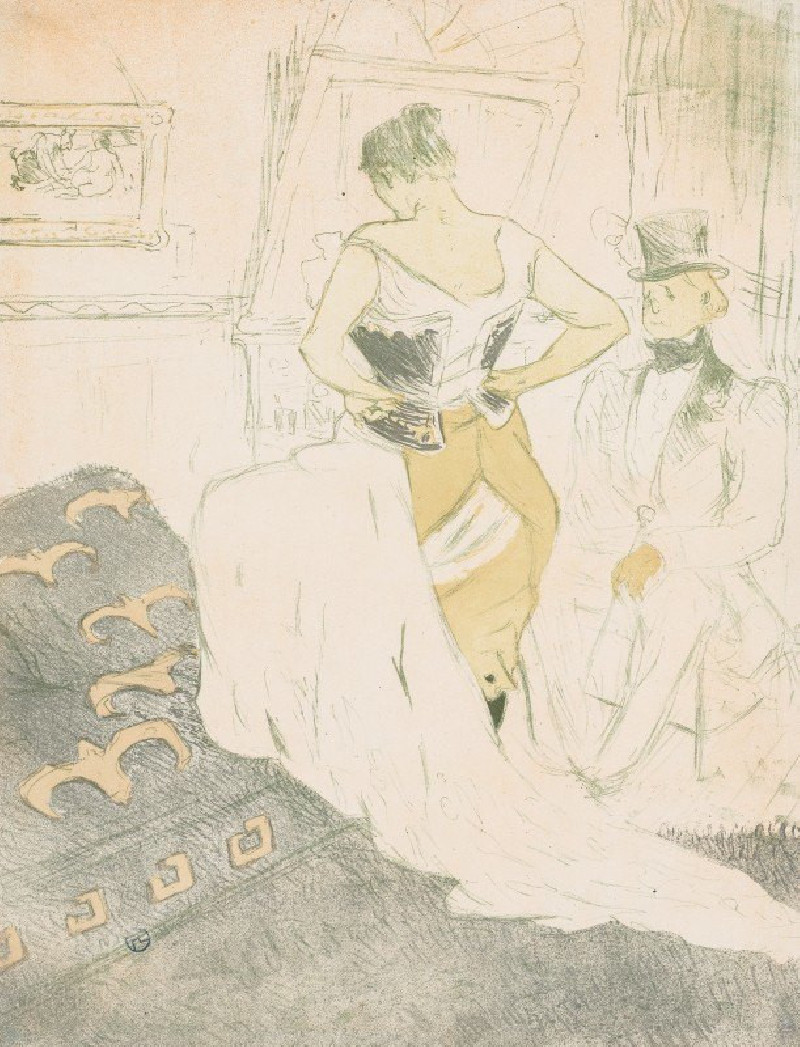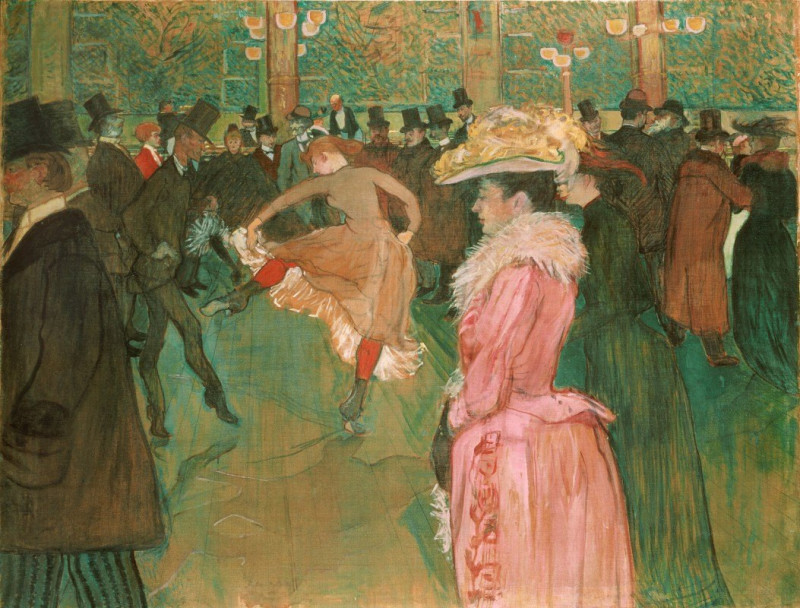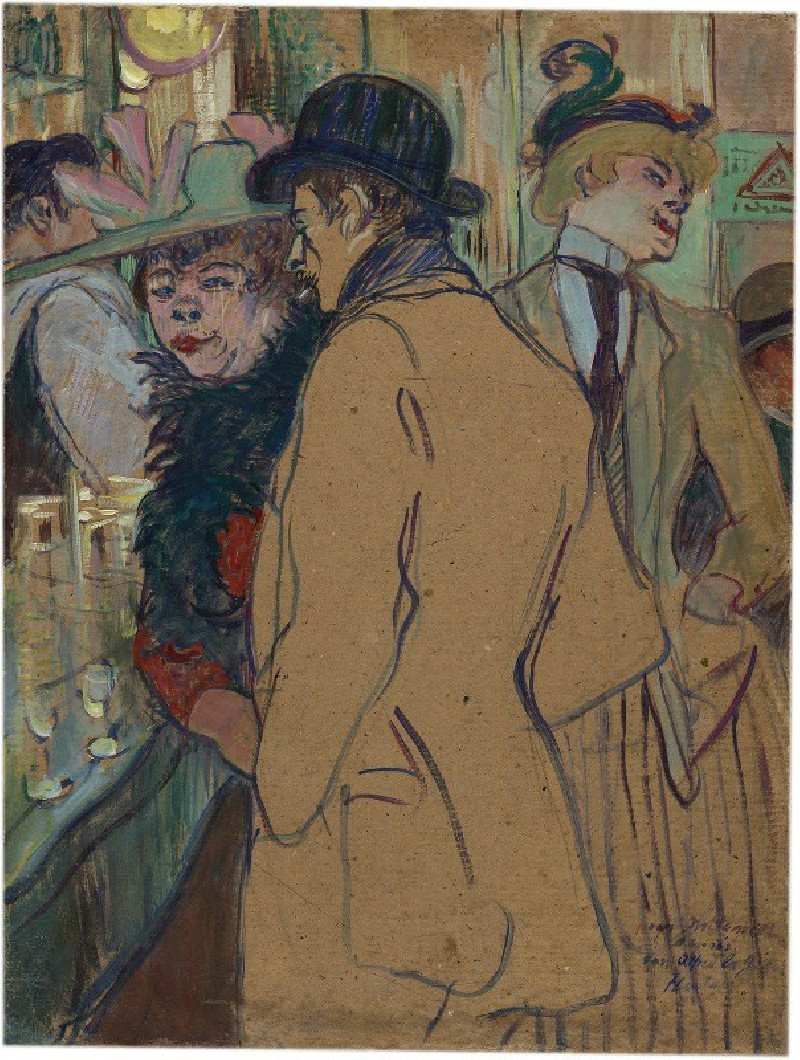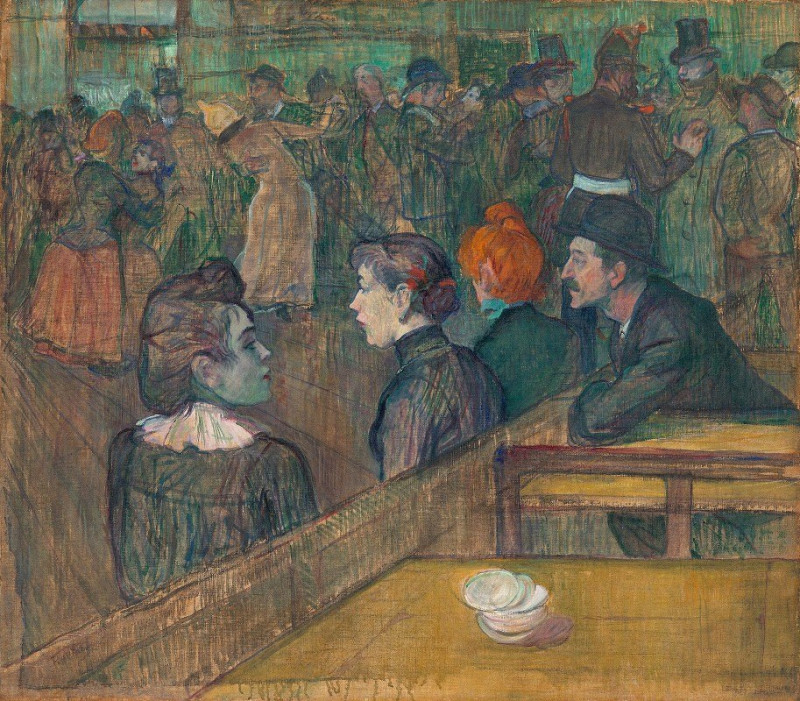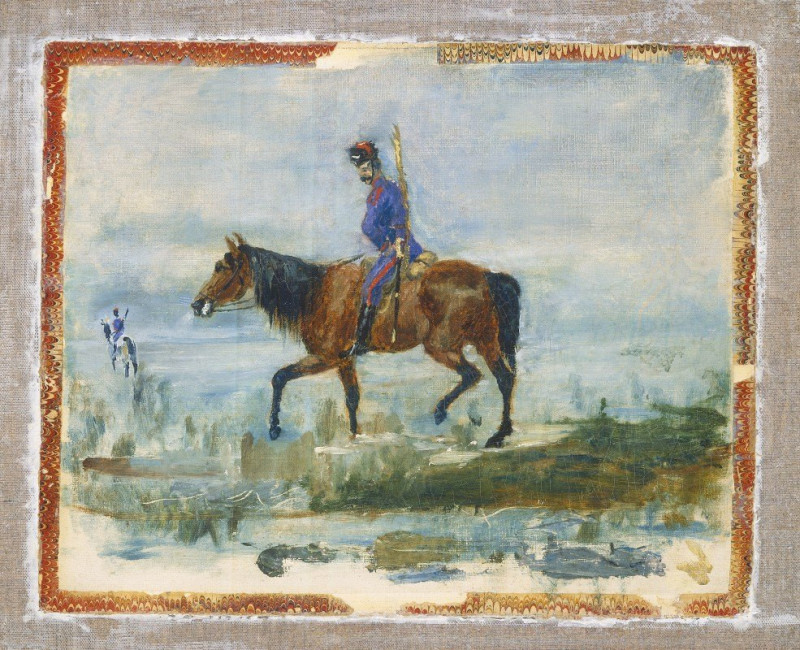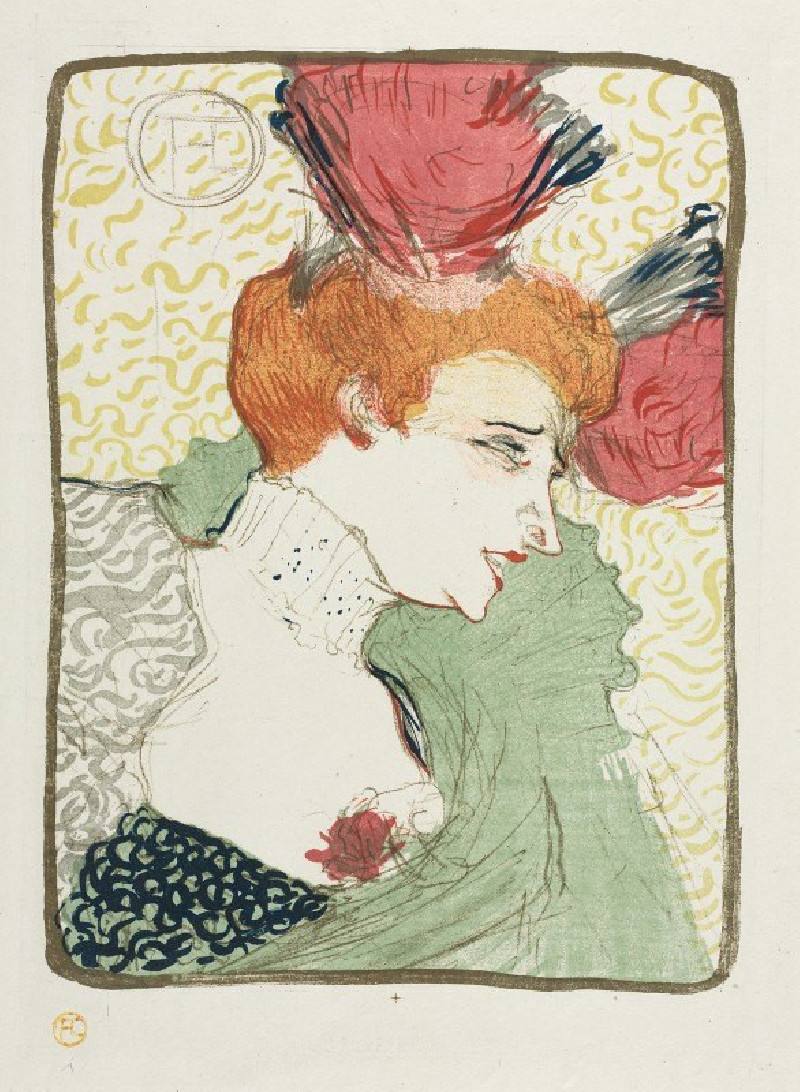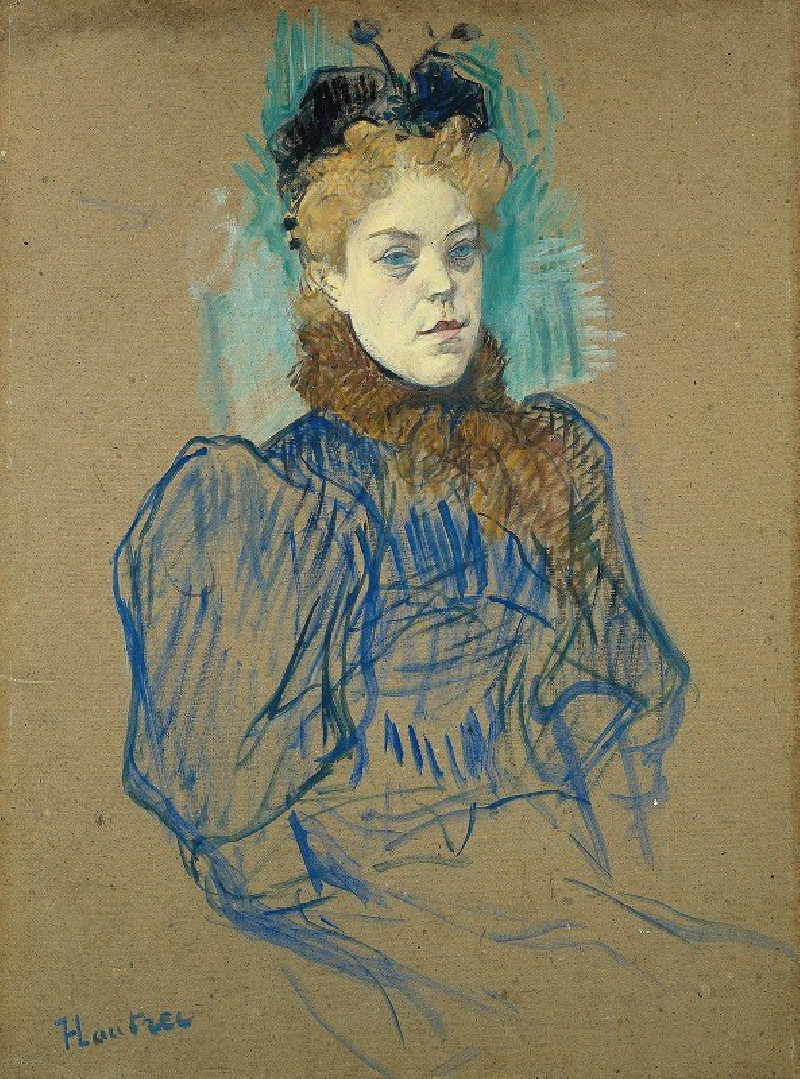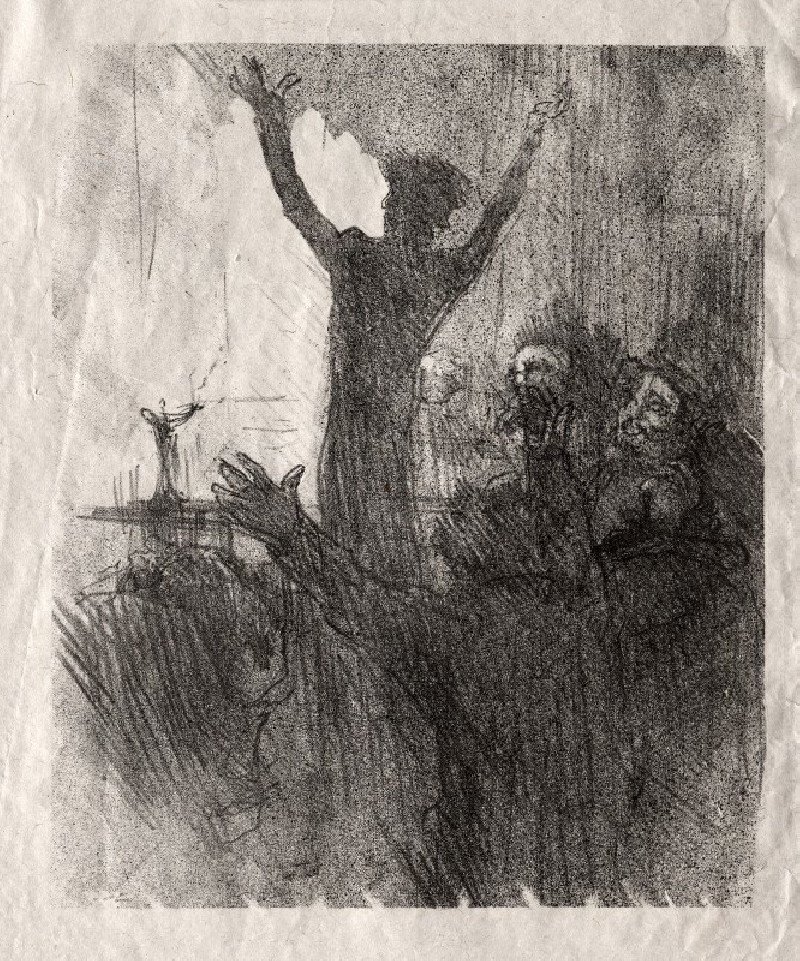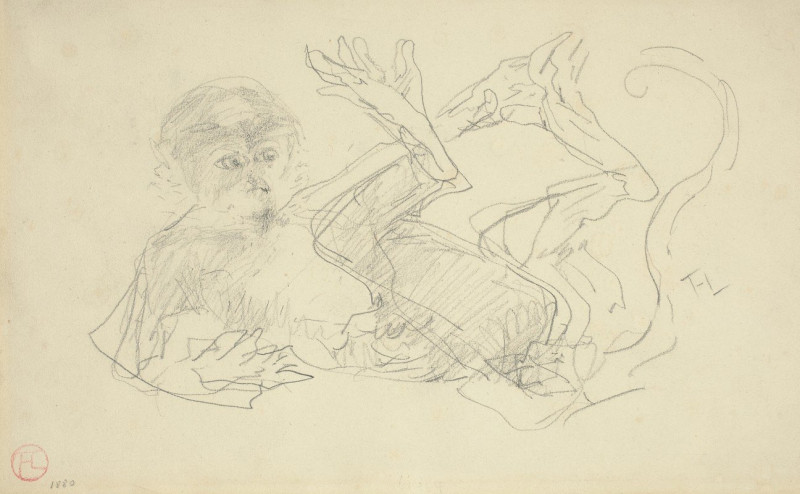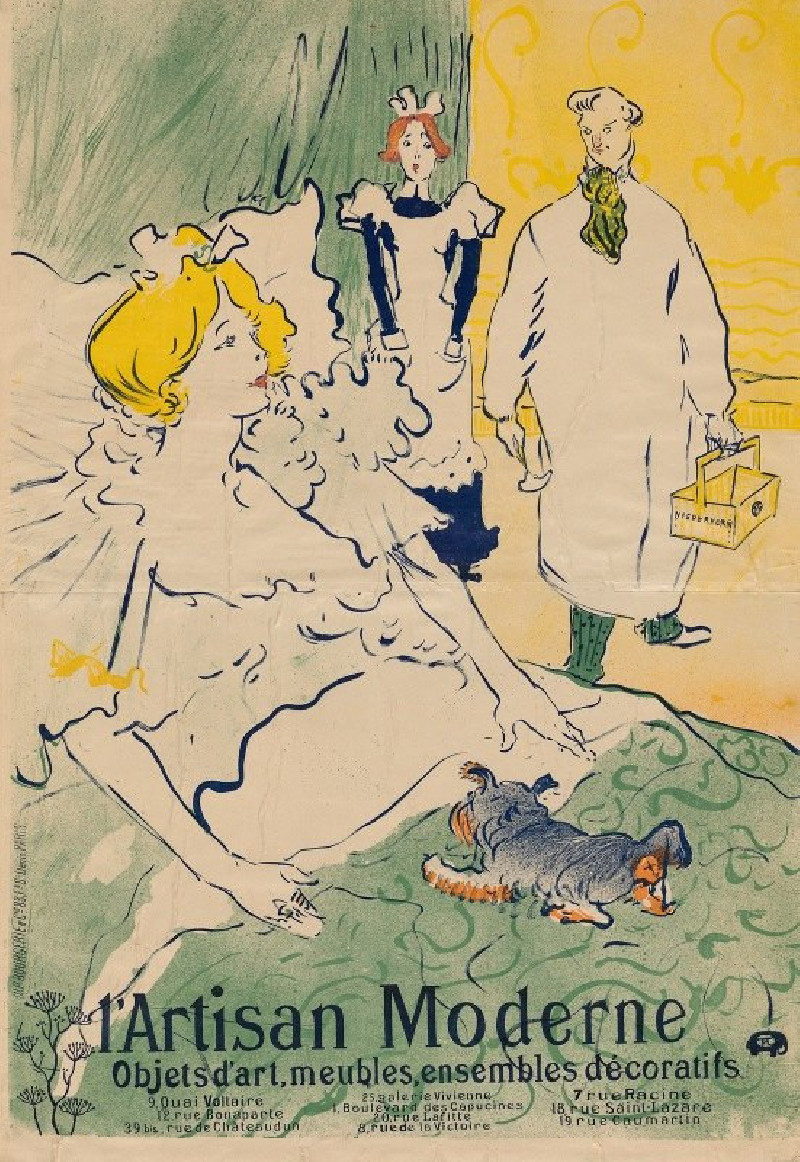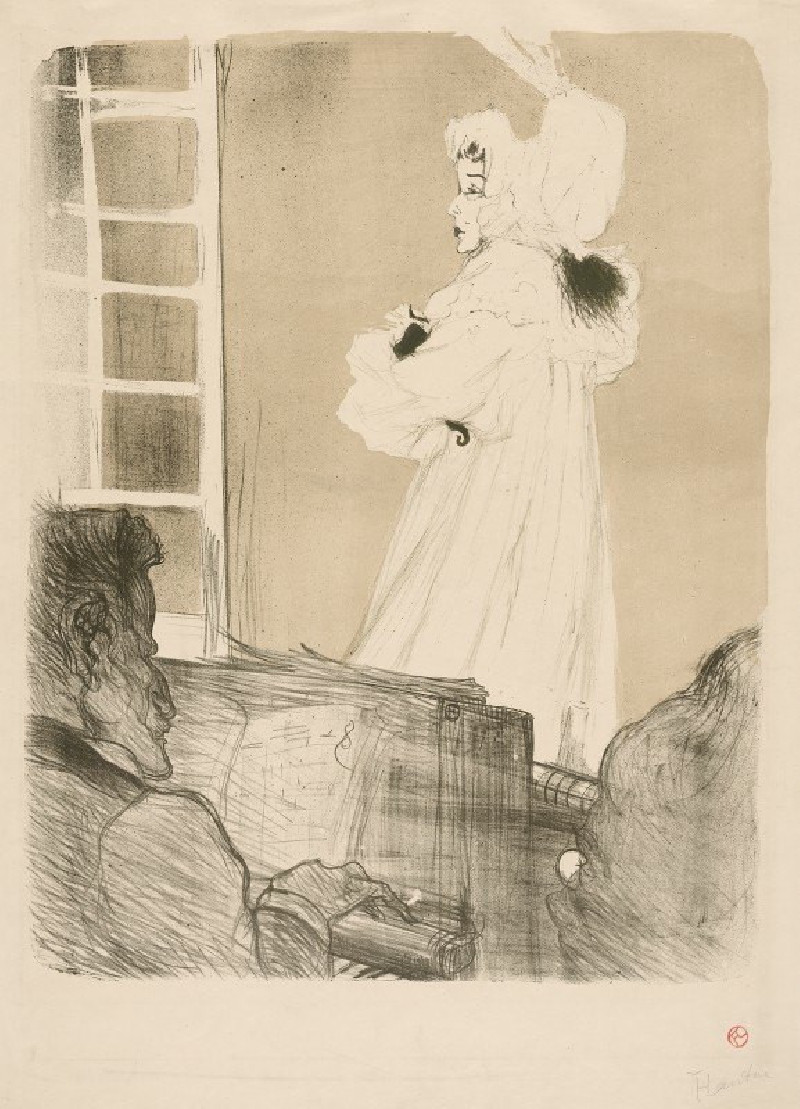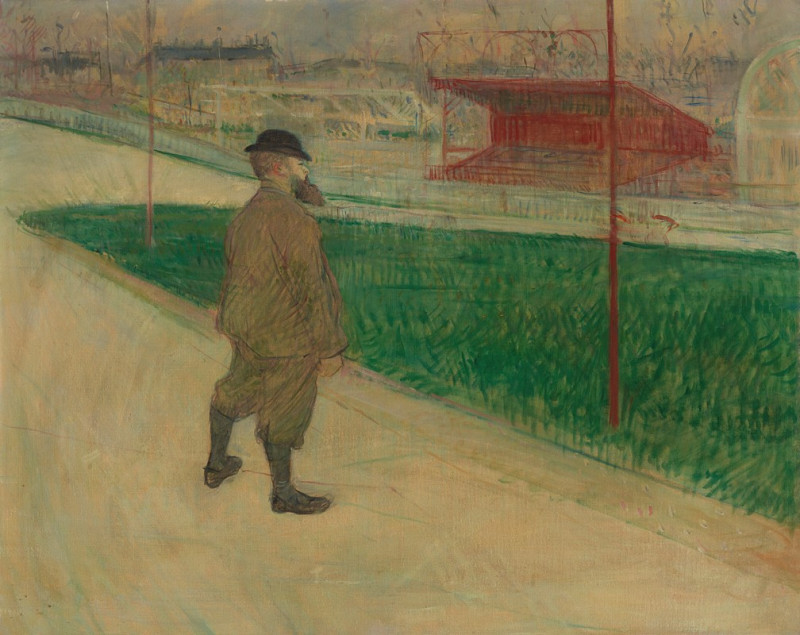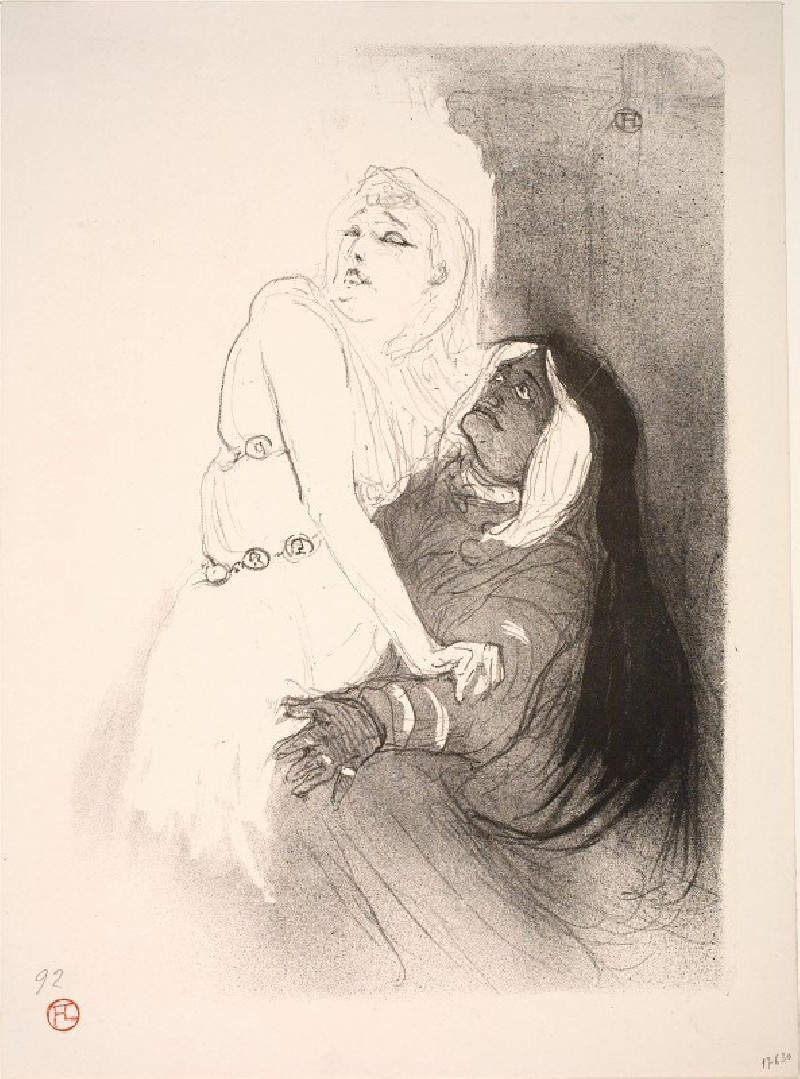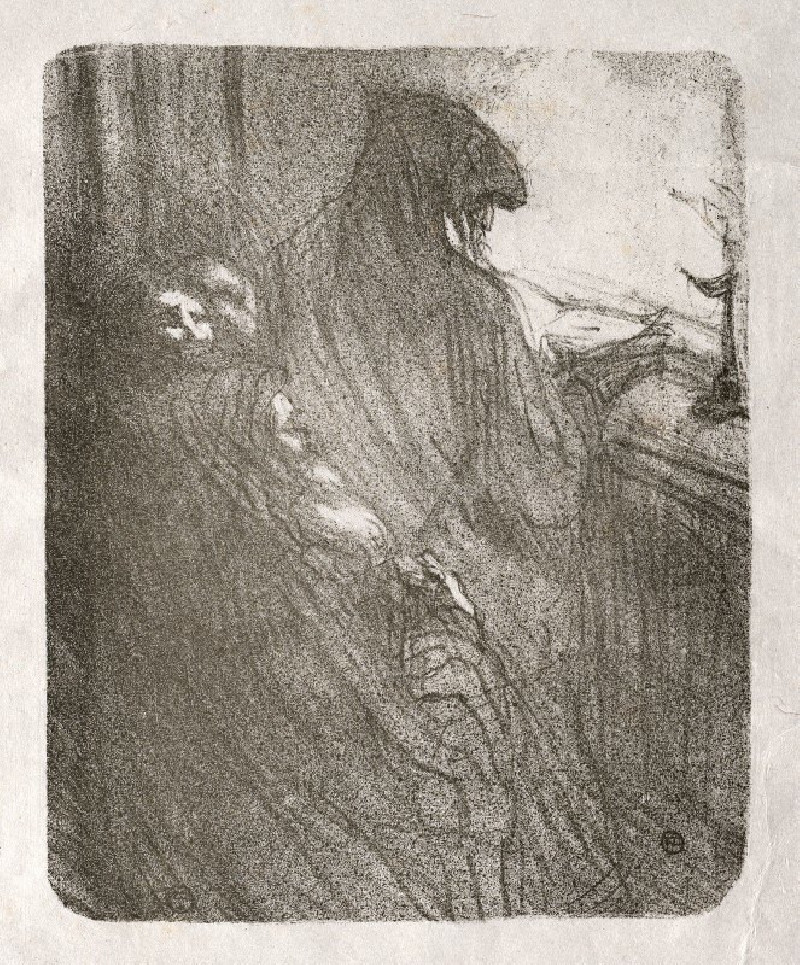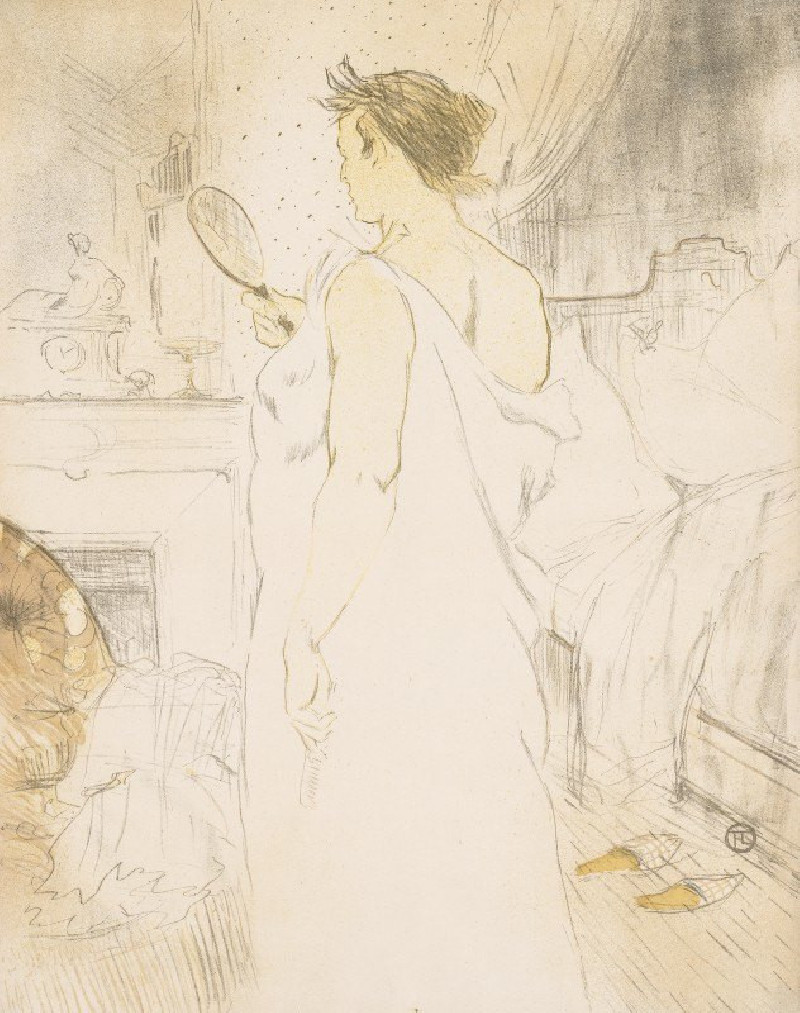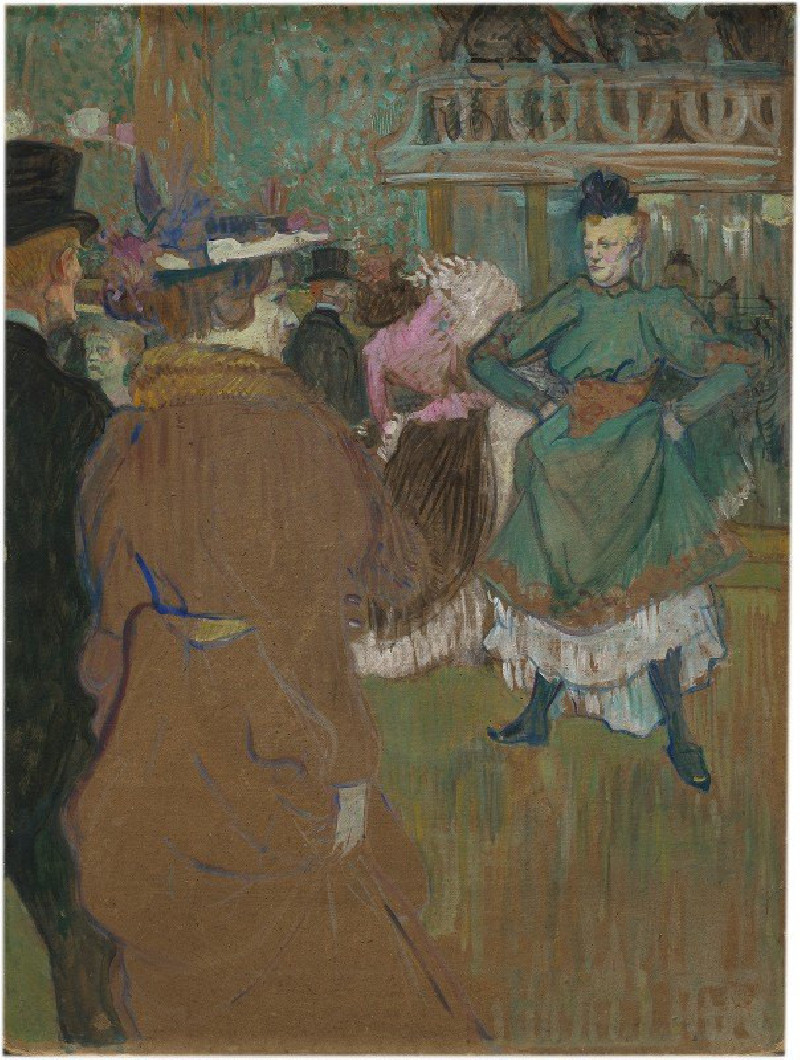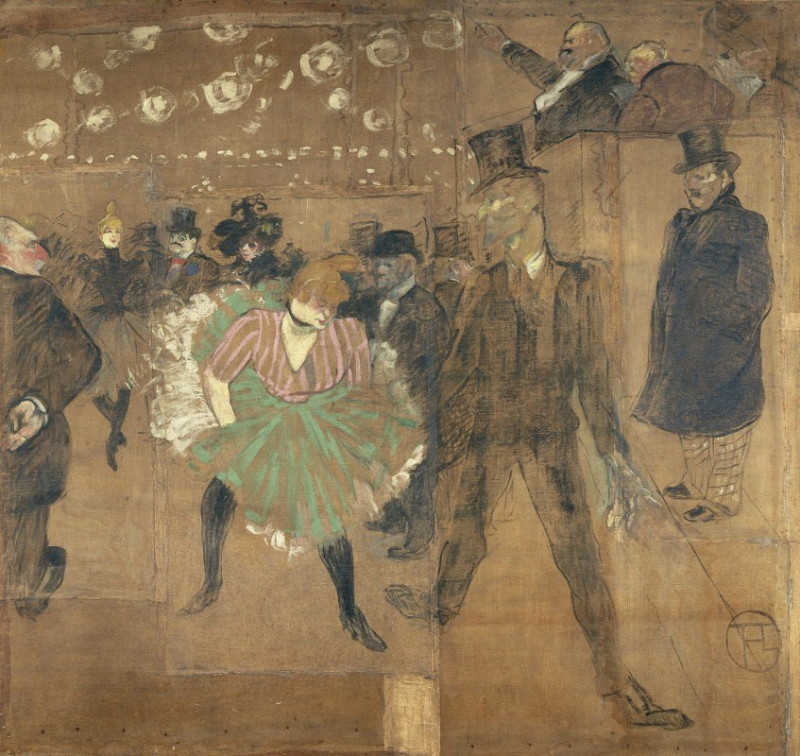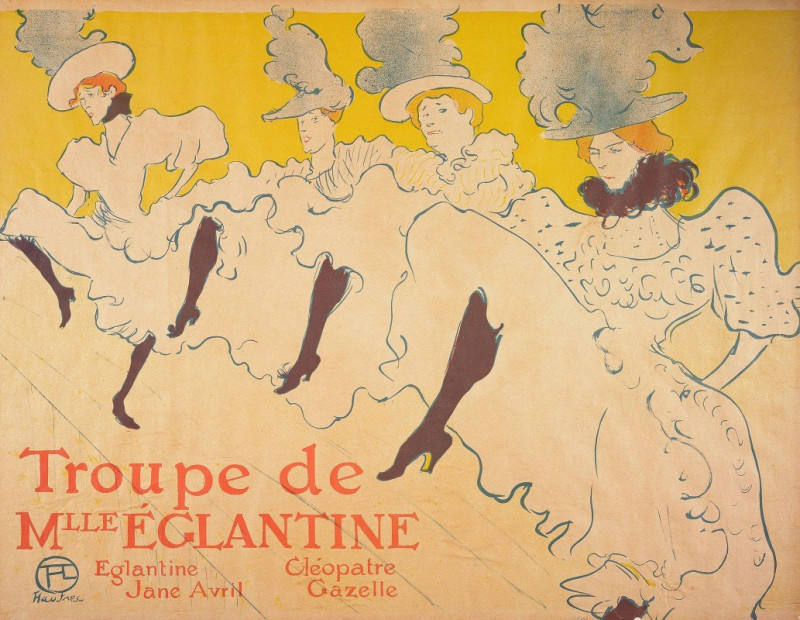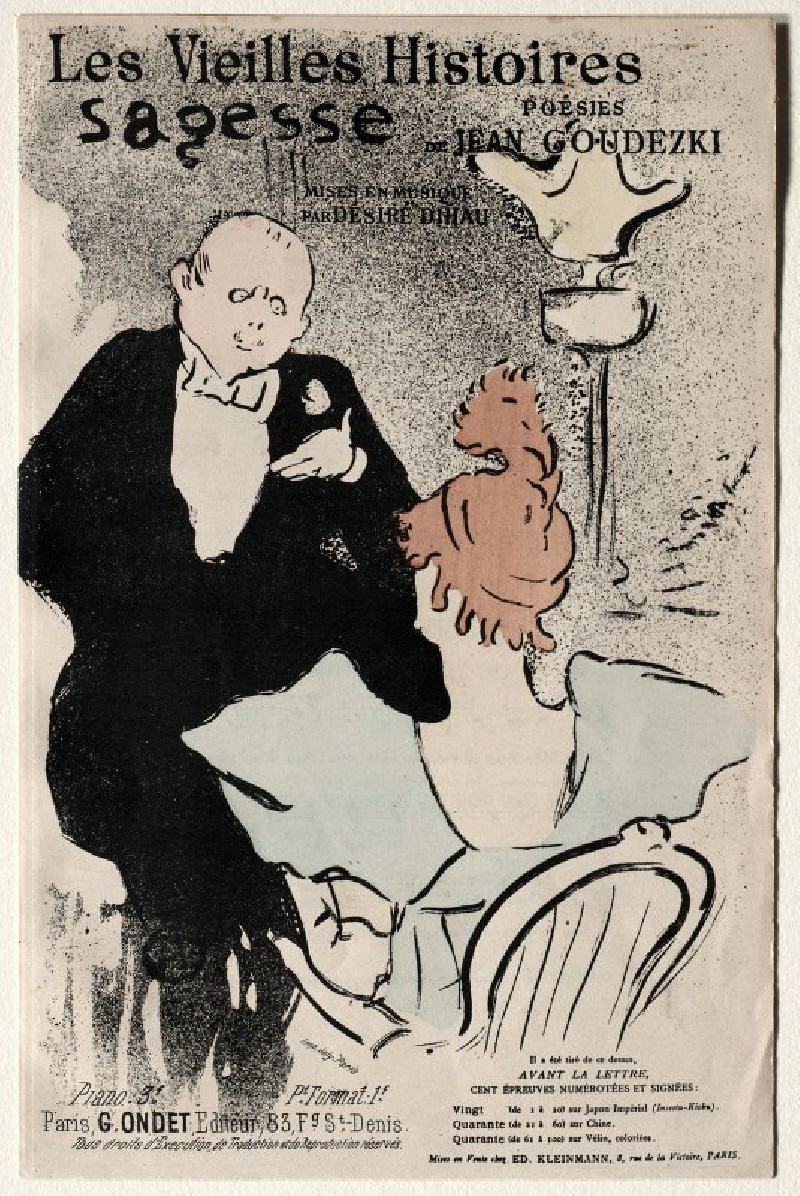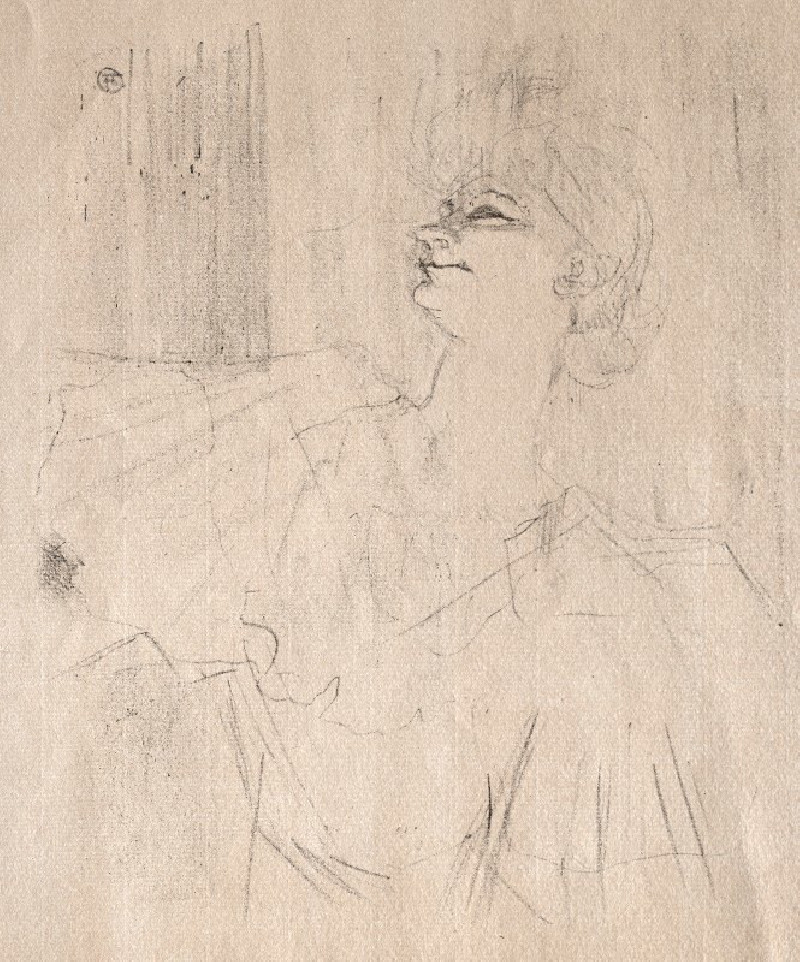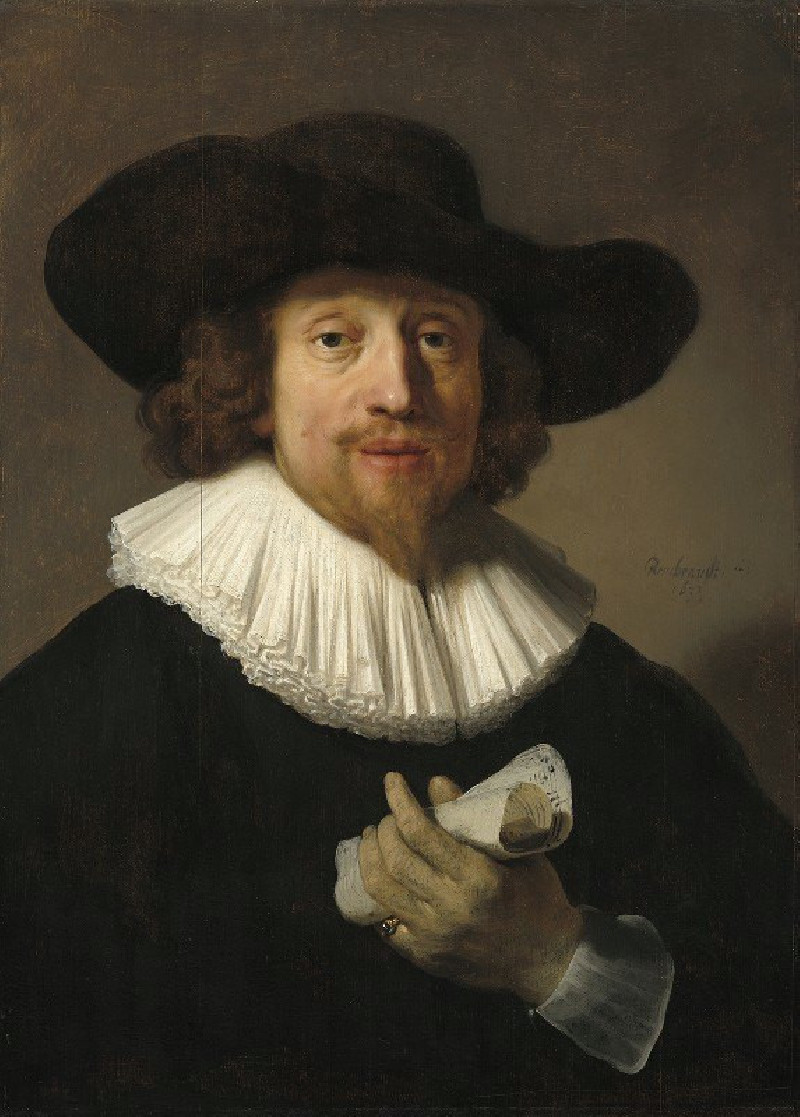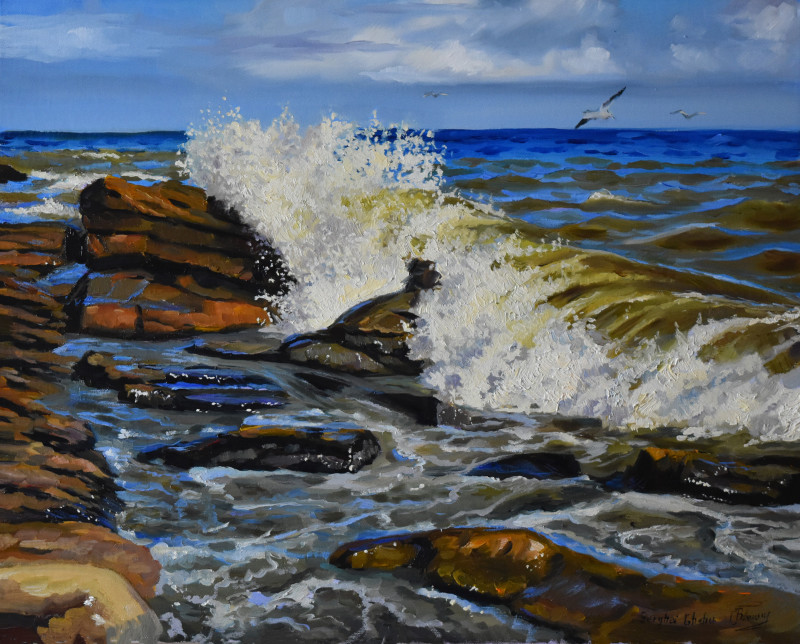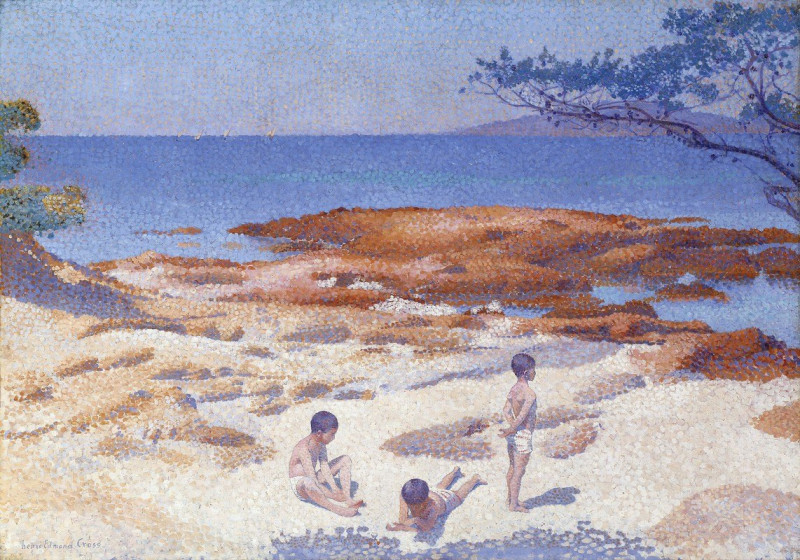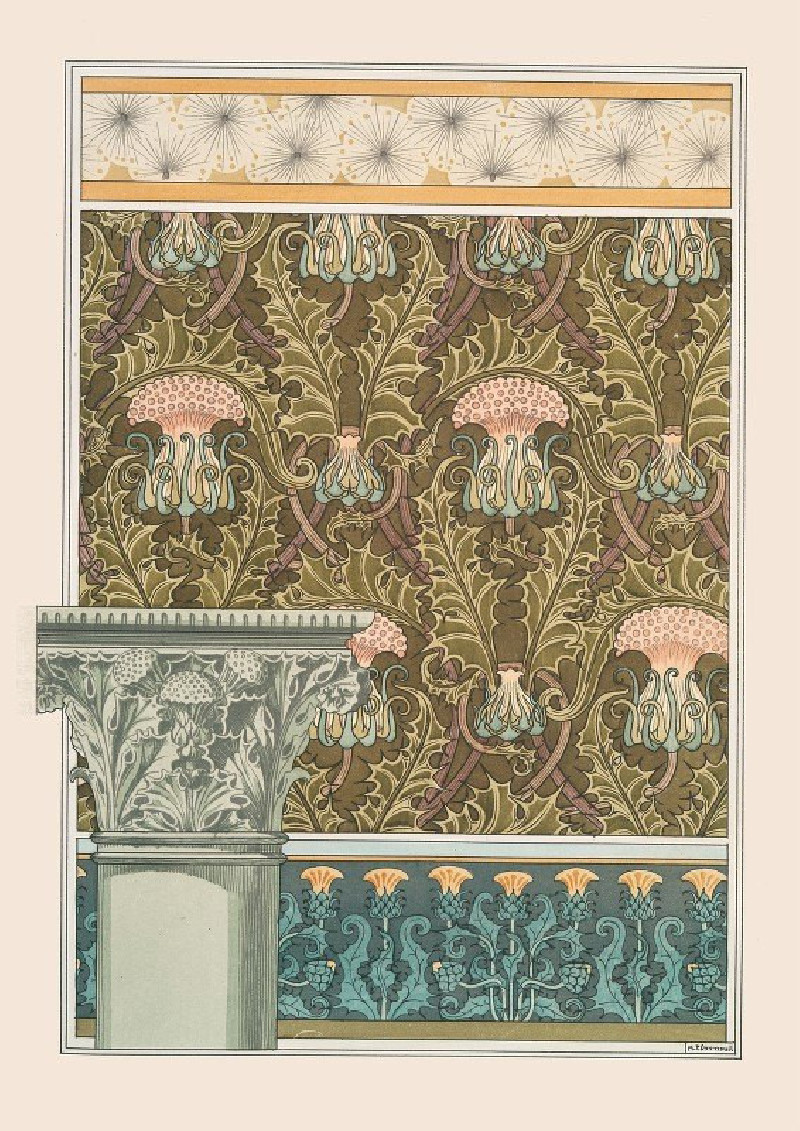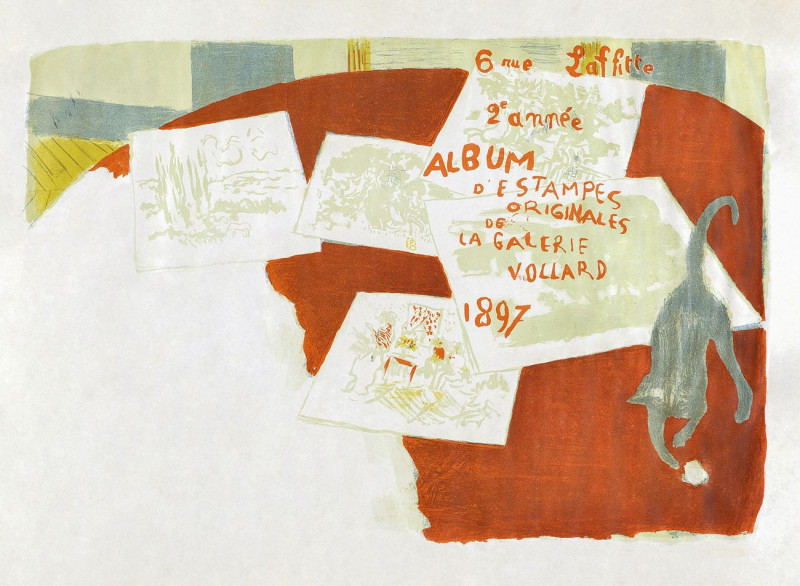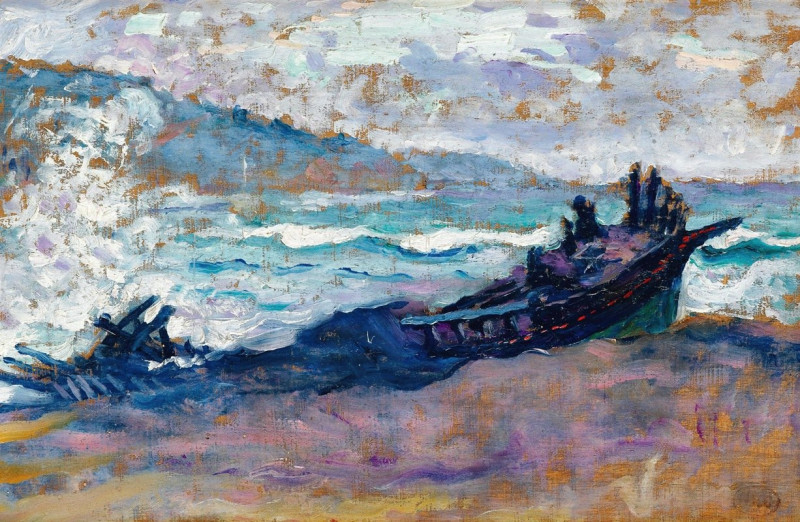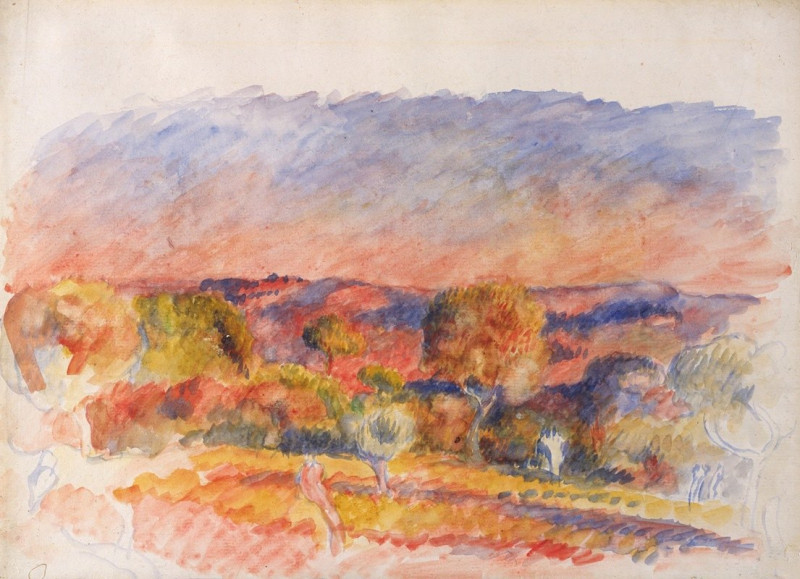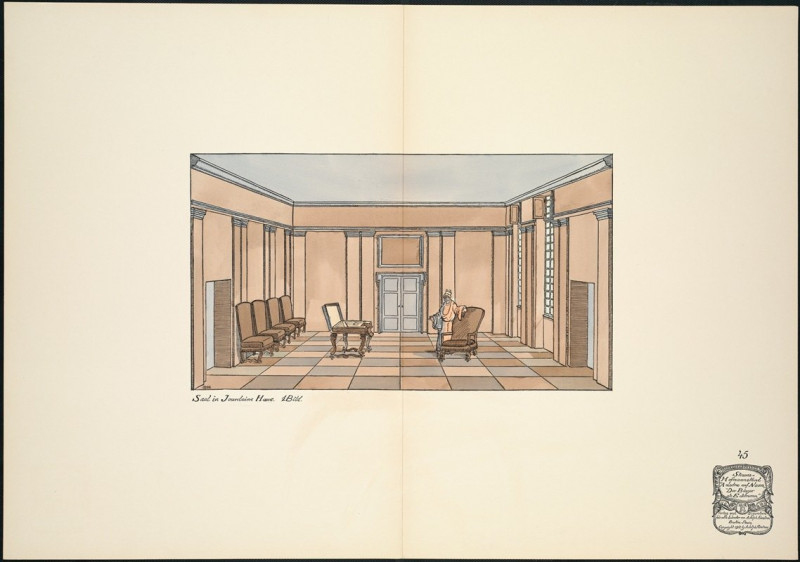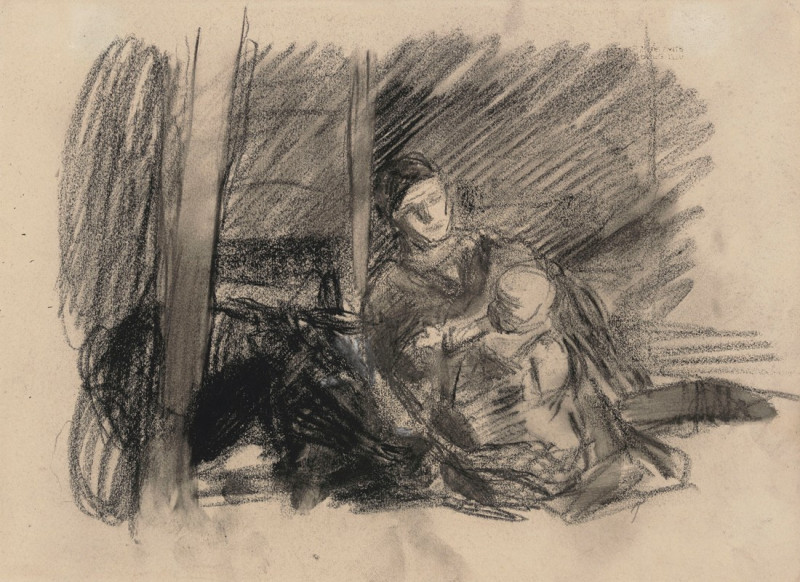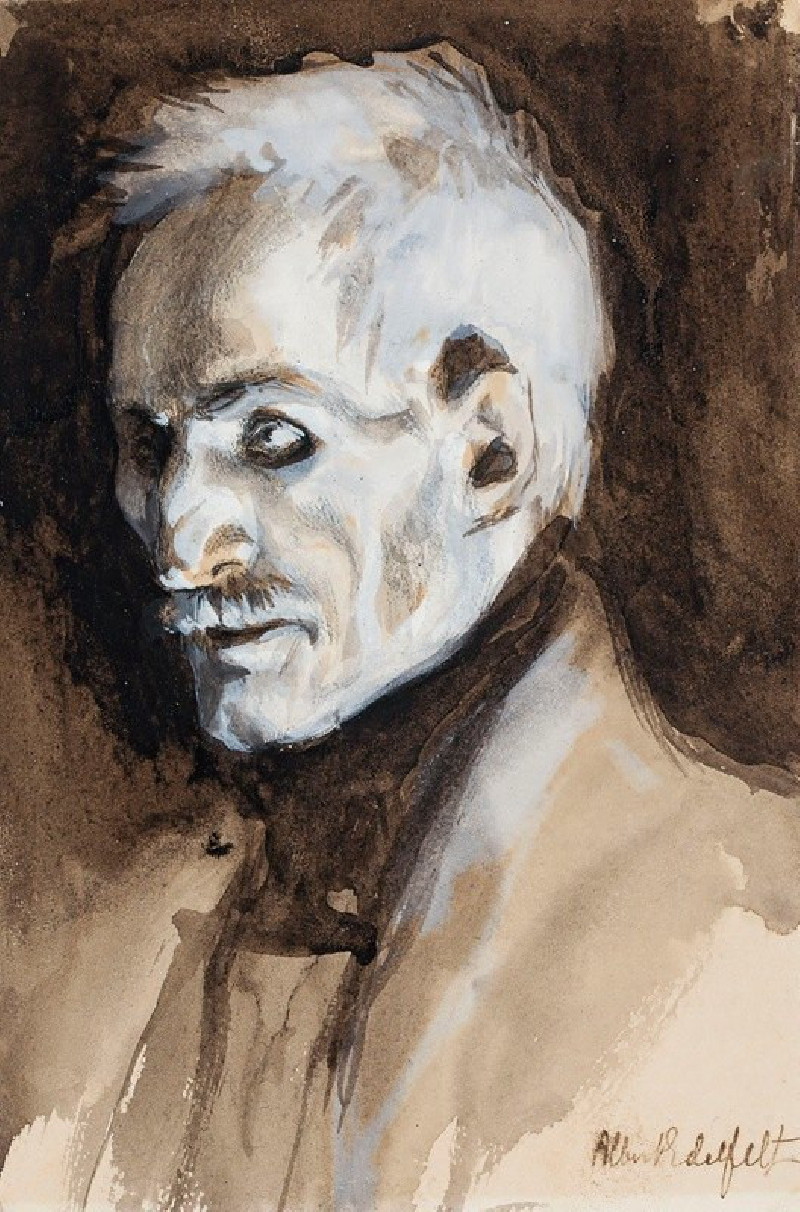LE CAFE CONCERT (1893)
Technique: Giclée quality print
Recommended by our customers
More about this artwork
In the lithograph "Le Café Concert" created in 1893, artist Henri de Toulouse-Lautrec captures a dynamic scene from the vibrant Parisian nightlife that he frequented. This artwork showcases a waiter in mid-motion, his body angled forward with a sense of urgency or movement, which suggests the bustling atmosphere of the café. The man is elegantly dressed, wearing a bowler hat and a waist apron, typical of Parisian café staff of that era.The background is minimalistic, directing the viewer's focus immediately to the striking figure of the waiter and his seemingly swift movement. Toulouse-Lautrec's use of stark black and white contrasts enhances the dramatic and lively essence of the café scene. This piece is a fine example of Toulouse-Lautrec's skill in using lithography to portray the spirited life of Parisian entertainment venues, making the viewer feel the pulsating energy and immediacy of that cosmopolitan environment.
Delivery
Returns
Comte Henri Marie Raymond de Toulouse-Lautrec-Monfa (24 November 1864 – 9 September 1901), known as Toulouse Lautrec was a French painter, printmaker, draughtsman, caricaturist, and illustrator whose immersion in the colourful and theatrical life of Paris in the late 19th century allowed him to produce a collection of enticing, elegant, and provocative images of the sometimes decadent affairs of those times.

